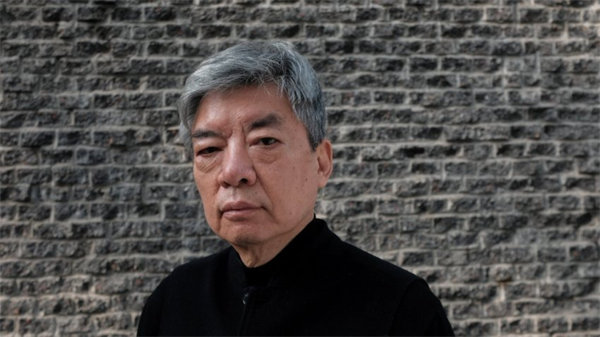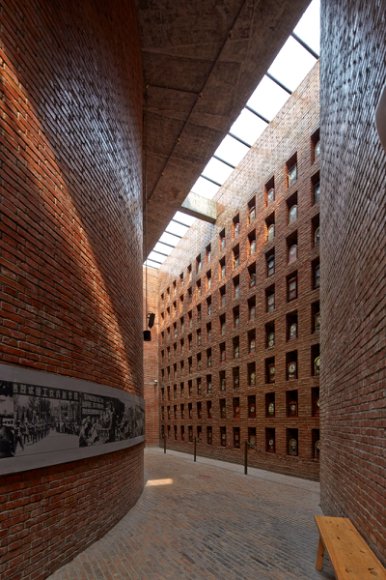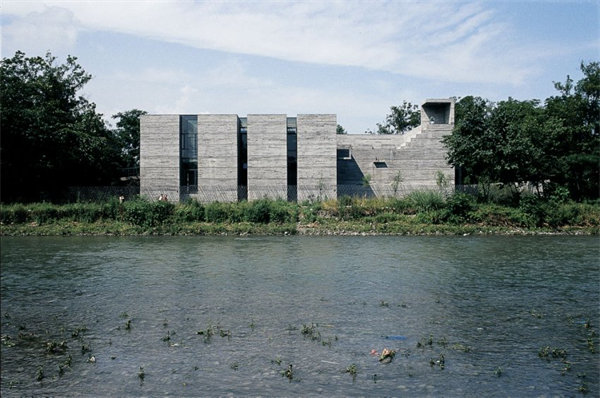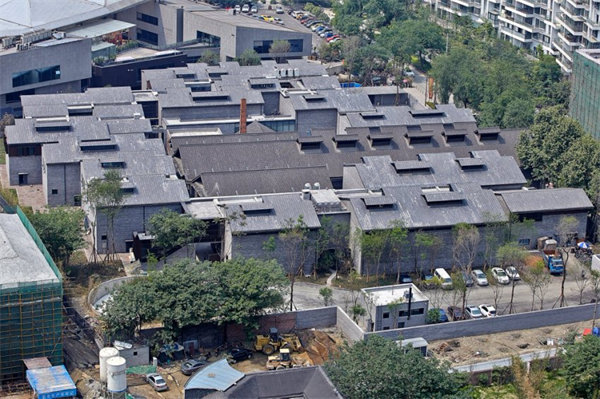



Liu Jiakun became the 54th Laureate of the Pritzker Architecture Prize. [Photo courtesy of The Pritzker Architecture Prize]
Chinese architect Liu Jiakun, from Chengdu, Sichuan province, was awarded on Tuesday the 2025 Laureate of the Pritzker Architecture Prize, an award regarded internationally as architecture's highest honor.
"Architecture should reveal something—it should abstract, distill and make visible the inherent qualities of local people. It has the power to shape human behavior and create atmospheres, offering a sense of serenity and poetry, evoking compassion and mercy, and cultivating a sense of shared community", Liu said.
As the 2025 Jury Citation stated: "Through an outstanding body of work of deep coherence and constant quality, Liu Jiakun imagines and constructs new worlds, free from any aesthetic or stylistic constraint. Instead of a style, he has developed a strategy that never relies on a recurring method but rather on evaluating the specific characteristics and requirements of each project differently."
It continues: "That is to say, Liu Jiakun takes present realities and handles them to the point of offering sometimes a whole new scenario of daily life. Beyond knowledge and techniques, common sense and wisdom are the most powerful tools he adds to the designer's toolbox."

Liu's work, West Village, 2015, Chengdu, China [Photo courtesy of Qian Shen Photography]
Liu's career spans over four decades, with more than 30 projects ranging from academic and cultural institutions to civic spaces, commercial buildings and urban planning throughout China.
Significant works also include Museum of Clocks, Jianchuan Museum Cluster (Chengdu, China, 2007); Design Department on new campus, Sichuan Fine Arts Institute (Chongqing, China 2006), Lodging Center of China International Practice Exhibition of Architecture (Nanjing, China, 2012), Chengdu High-Tech Zone Tianfu Software Park Communication Center (Chengdu, China, 2010), and Songyang Culture Neighborhood (Lishui, China, 2020).
Liu creates public areas in populated cities where the luxury of space is largely absent, forging a positive relationship between density and open space. By multiplying typologies within one project, he innovates the role of civic spaces to support the breadth of requisites for a diverse society.
West Village (Chengdu, China, 2015) is a five-story project that spans an entire block, visually and contextually contrasting with the matrix of characteristically mid- and high-rise buildings. An open yet enclosed perimeter of sloping pathways for cyclists and pedestrians envelops its own vibrant city of cultural, athletic, recreational, office and business activities within, while allowing the public to view through to the surrounding natural and built environments.

Liu's work, department of sculpture of Sichuan Fine Arts Institute, 2004, Chongqing, China. [Photo courtesy of Arch-Exist]
Sichuan Fine Arts Institute Department of Sculpture (Chongqing, China, 2004) displays an alternate solution to maximizing space, with upper levels protruding outward to extend the square footage of a narrow footprint.
Throughout his works, Liu demonstrates a reverence for culture, history and nature, chronicling time and comforting users with familiarity through modern interpretations of classic Chinese architecture. Flat eaves of the Suzhou Museum of Imperial Kiln Brick (Suzhou, China, 2016) and window walls of Lancui Pavilion of Egret Gulf Wetland (Chengdu, China 2013) reimagine the form of pavilions dating back many millennia. Tiered balconies of Novartis (Shanghai) Block - C6 (Shanghai, China, 2014) are reminiscent of towers representing many dynasties.
Luyeyuan Stone Sculpture Art Museum (Chengdu, China, 2002), housing Buddhist sculptures and relics, is modeled after a traditional Chinese garden, balancing water and ancient stones to reflect the natural landscape. Believing that the human relationship with nature is reciprocal, buildings both emerge and dissolve within their surroundings, such as The Renovation of Tianbao Cave District of Erlang Town (Luzhou, China, 2021) nestled in the lush cliffside landscape of Tianbao Mountain.
Local and wild flora is featured in all of his works, as bricks are paved upended to enable grasses to flourish through the core holes, indigenous bamboo groves are planted in new sites, and floors and ceilings are designed with openings to allow the continuance of existing trees.
Liu, 69, is the 54th Laureate of the Pritzker Architecture Prize, also the second laureate from China after Wang Shu in 2012.

Liu's work, Museum of Clocks, Jianchuan Museum Cluster, 2007, Chengdu, China. [Photo courtesy of Arch-Exist]

Liu's work, Luleyuan Stone Sculpture Museum, 2002, Chengdu, China. [Photo by Bi Kejian for China Daily]

Liu's work, Shuijingfang Museum, 2013, Chengdu, China. [Photo courtesy of Jiakun Architects]